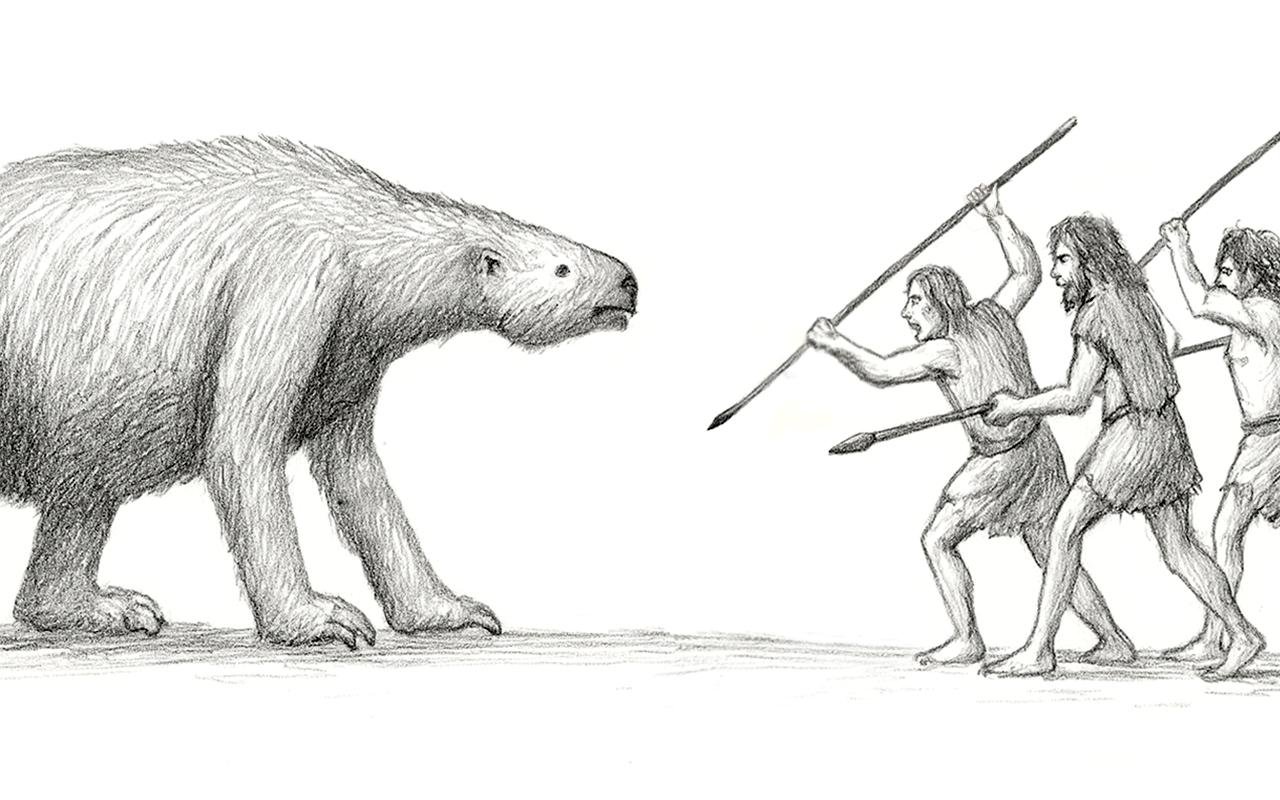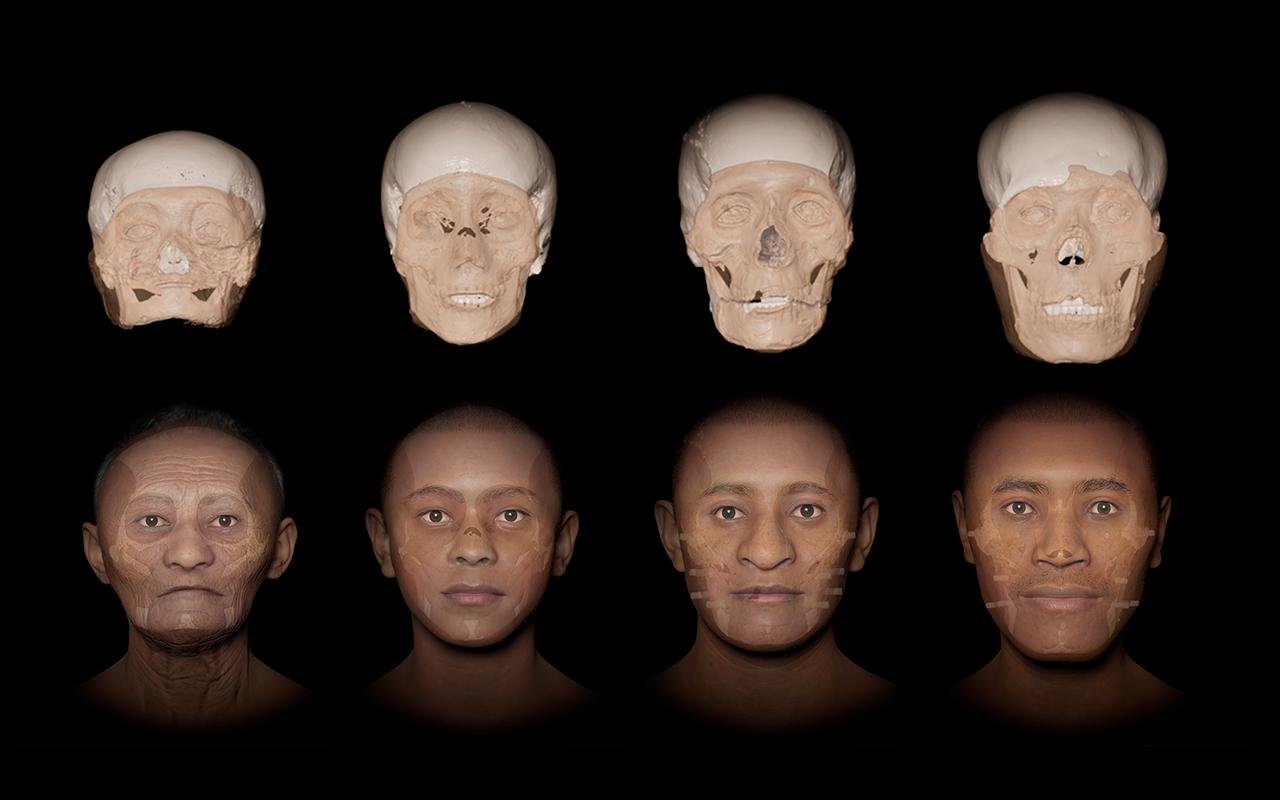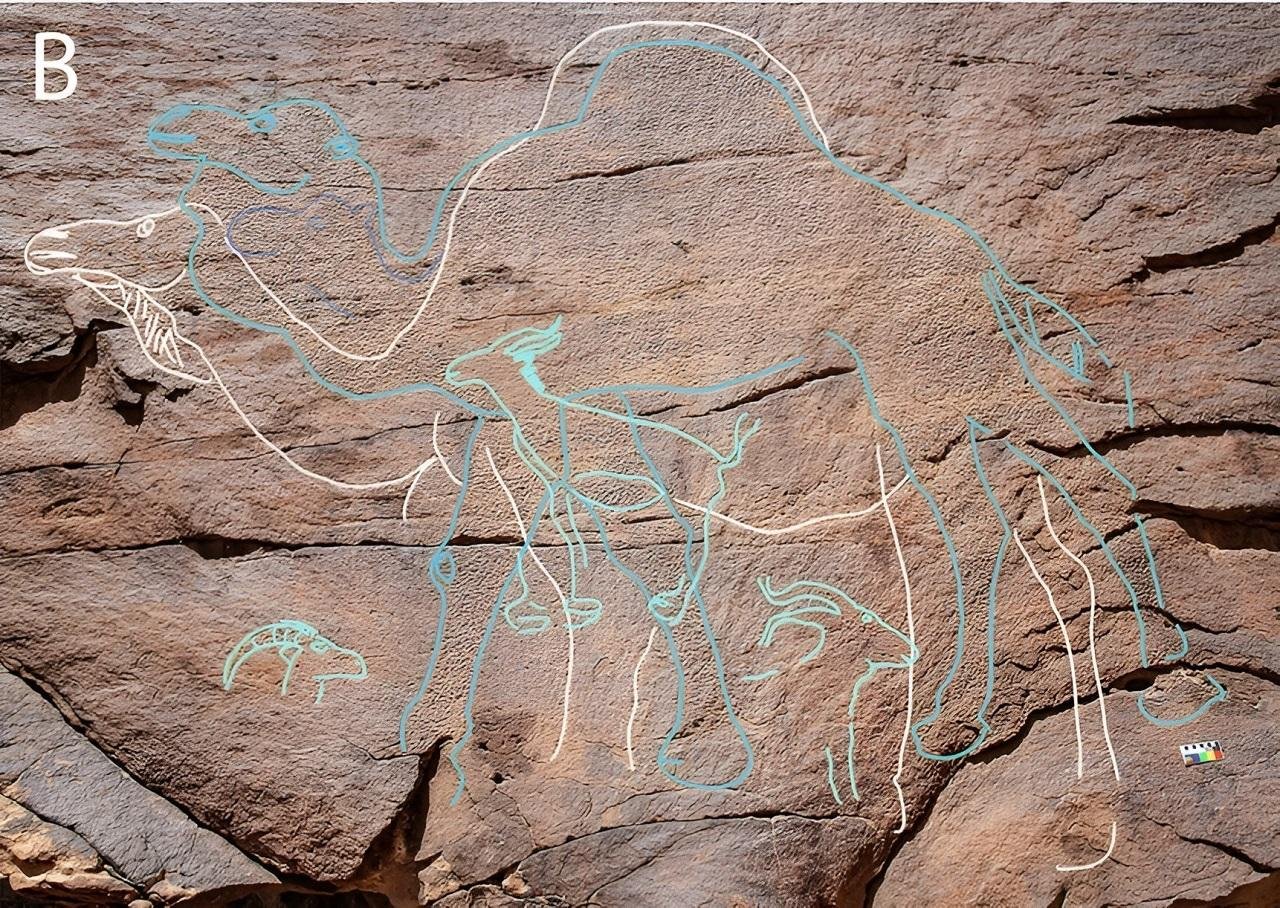A new study has revealed that early farming communities in Central Europe began diversifying their cereal crops much earlier than previously thought, reshaping our understanding of Neolithic agricultural practices. Researchers from the Universities of Cologne and Frankfurt analyzed plant remains from dozens of archaeological sites in the Rhineland, offering fresh insights into how early farmers adapted to changing conditions nearly 7,000 years ago.
 A Neolithic Village. Credit: Archaeology News Online Magazine
A Neolithic Village. Credit: Archaeology News Online Magazine
The origins of agriculture in Europe date back to the late 7th millennium BCE in the southeast and the 6th millennium BCE in Central and Western Europe. Farming was initially quite uniform, with communities relying almost exclusively on einkorn and emmer wheat—ancient wheat varieties that were extremely labor-intensive to dehusk prior to use. Until now, scientists had believed that the adoption of new crops such as free-threshing wheat and barley had occurred only in the Middle Neolithic, between 4900–4500 BCE.
To refine this timeline, the researchers integrated archaeobotanical records from 72 Neolithic Rhineland sites that spanned the late 6th to the early 4th millennium BCE. The settlements yielded charred seed remains found in settlement pits, allowing for comparative research on a large scale. Through multivariate statistical methods, the researchers were able to identify clear patterns of crop use and trace their changes over the period of several centuries.
The study’s results confirmed that agricultural diversification was already underway at the beginning of the Middle Neolithic period, earlier than previously believed. Free-threshing cereals, which were less labor-intensive to process, were integrated into existing farming systems, making food production more efficient and also more flexible. This adaptation allowed farmers to grow winter as well as summer crops, cultivate a wider range of soils, and reduce the amount of labor required for grain preparation.
 Location of the study region in western Germany (Rhineland with opencast mines) and distribution of sites analysed for this study. Abbreviations: LBK Linear Pottery Culture, GG Großgartach, RÖ Rössen, BI Bischheim, MK Michelsberg. Credit: T. Zerl et al., Journal of Archaeological Science (2025)
Location of the study region in western Germany (Rhineland with opencast mines) and distribution of sites analysed for this study. Abbreviations: LBK Linear Pottery Culture, GG Großgartach, RÖ Rössen, BI Bischheim, MK Michelsberg. Credit: T. Zerl et al., Journal of Archaeological Science (2025)
Diversity analysis also confirmed that cereal diversity increased steadily over time, reaching its peak around 4350 BCE. After the peak, however, diversity declined, marking another change in agricultural systems. This decline might reflect growing reliance on livestock—especially cattle—or more widespread social and economic change among Neolithic communities.
Remarkably, environmental change does not appear to have forced these adaptations in agriculture. Instead, researchers suspect that cultural and economic strategies—such as risk management and accumulated agricultural experience—were likely primary factors. Settlement patterns also began to shift, with people choosing to settle in locations where soil types varied more, again suggesting conscious choice rather than environmental necessity.
 Early Neolithic farmers in Central Europe diversified cereal cultivation earlier than expected. Public Domain
Early Neolithic farmers in Central Europe diversified cereal cultivation earlier than expected. Public Domain
The study demonstrates the sophistication of early agricultural societies. Not pᴀssive recipients of environmental constraints, Neolithic farmers took an active role by developing new strategies of risk management, boosting productivity, and adapting locally. Their choices reflect not only resilience but also an emerging knowledge of the landscapes they inhabited.
While the research focused on the Rhineland, its method—particularly the use of multivariate statistics—offers a model to be followed in any future research. By combining large and small datasets, the analysis gives a more complete picture of agricultural developments than earlier methods.
This work presents a more dynamic vision of Neolithic Europe. Far from static or uniform, early farming was characterized by innovation, experimentation, and adaptation. These innovations laid the groundwork for more complex agricultural systems that would shape European societies for millennia to come.
More information: University of CologneReference: Zerl, T., Suhrbier, S., Scharl, S., Broich, M., Lindemann, H., Nolde, N., … Röpke, A. (2025). Dynamics of early agriculture – multivariate analysis of changes in crop cultivation and farming practices in the Rhineland (Germany) between the 6th and early 4th millennium BCE. Journal of Archaeological Science, 183(106369), 106369. doi:10.1016/j.jas.2025.106369





